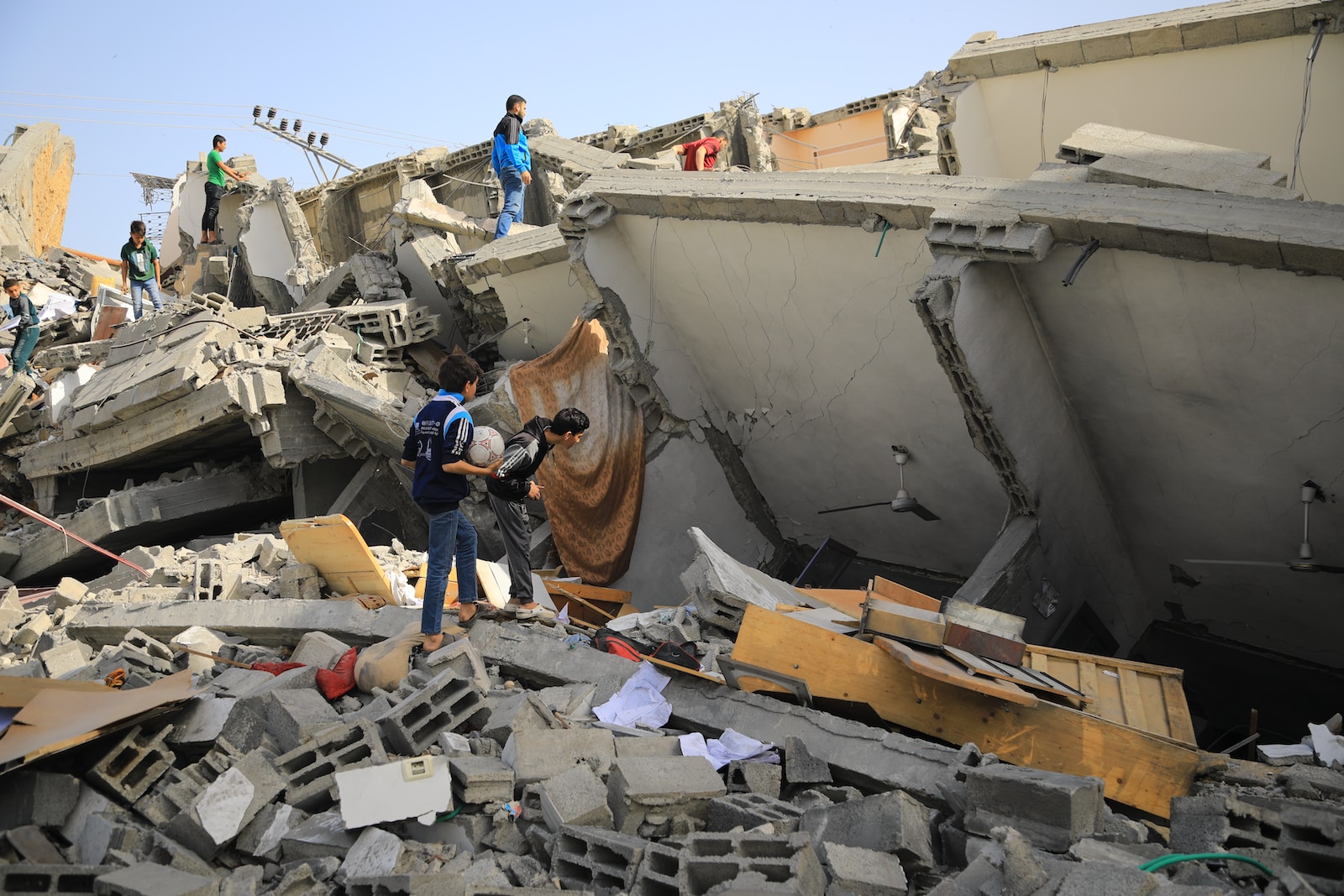For 75 years now, Israel has been trying to reconcile its policies with those of its regional environment. In recent weeks, this far from easy task seems to have turned into an almost impossible mission. Because Israel rejects all the United Nations resolutions, imposing not only the withdrawal from the territories occupied since 1948, the Palestinian question has been radicalized year after year to arrive at this polarisation today which divides more than ever two societies that want to be done with each other.
Zionism, which had its origins in the creation of a State of Israel in Palestine, no longer has anything to do with the project imagined by Theodor Herzl. From being socialist, collectivist, humanist and secular, it has today become even more so, under the leadership of the stainless Prime Minister Benjamin Netanyahu, a nationalist, religious, colonialist, ultra-liberal and reactionary Zionism throughout the region. Today, it is no longer a question of looking for the causes and those responsible, as this is a never-ending process. In order to prepare for a hypothetical peace one day, we need to affirm that the Israeli government and Hamas will first have to answer for their actions, which are clearly war crimes, and then integrate all the components of the Israeli and Palestinian political landscape in order to find a solution to the impossible situation: and this single solution is the creation of a Palestinian State on the borders of the Green Line of 5 June 1967, and to allow the two States to live in peaceful coexistence, within the framework of a just and lasting political solution. There is no military solution to the Israeli-Palestinian question.
Netanyahu’s responsibility
The Hamas attack on 7 October shows the extent to which the Palestinian camp is dominated by Islamists and that the Palestinian Authority in Ramallah is reduced to impotence. But they are fighting for the same cause. The still-birth of the Palestinian state has only led to a succession of tragedies experienced by the Palestinians from war to war since 1948. Israel has done everything to condemn this state, everything to weaken the Palestinian Authority and to favour extremes in order to divide. Netanyahu himself acknowledged in 2019 that it was necessary to strengthen Hamas, which is responsible for many of today’s ills, in order to weaken Mahmoud Abbas, the President of the Authority, and prevent the creation of a Palestinian state. In order to satisfy the parties that brought him back to the office of Prime Minister, Netanyahu has continued to colonise the West Bank, strengthening the security of the settlers there, undermining the security of southern Israel and turning Zionism into a project aimed at destroying any hope of seeing the birth of a Palestinian state in the near future. Worse still, Benjamin Netanyahu was informed of the Hamas attack by Israeli intelligence, according to his predecessor Yair Lapid. Indeed, the former Israeli Prime Minister said he had received information from the intelligence services before the Hamas attack. According to him, his successor Benjamin Netanyahu also received it. It was also under “Bibi” that intelligence wiretapping in Gaza was stopped more than a year ago, for lack of interest and usefulness, according to the same services.
Washington’s blind support for Tel Aviv
We already have to think about the post-war period, and call on the traditional mediators between the two camps: essentially Egypt and Qatar. The American withdrawal has weakened the overall situation in the region and given many terrorist groups a free hand. Israeli public opinion is turning increasingly against Netanyahu, who is accused of playing into the hands of the Palestinians through his greed for power, in response to the constant provocations of the nationalist and religious extremist members of his majority. The Prime Minister has endangered the country, which is blindly supported by Washington: many are already thinking about the post-Netanyahu era, as the Jewish state cannot continue with someone who will go down in history as the leader under whom 1,400 Israeli civilians were killed on Israeli soil. The United States has a twofold responsibility: to fund Israel endlessly and to let them manage by withdrawing. Will they do so now that Washington is so aware of the lack of coherence and strategy in Israel’s current policy?
What kind of justice to punish war crimes?
Tel Aviv’s campaign of reprisals in Gaza has already claimed more than 7,000 lives, including 3,500 children. Who can condone this? The Arab countries? The West? The United States? Even Joe Biden has condemned the excessiveness of Israel’s retaliation against Gazan civilians. This “Hannibal” operation is a fight to the finish to eradicate evil: Israel will not stop until it has defeated Hamas. And the civilian hostages? This has become secondary, which is increasingly worrying the prisoners’ families, who are protesting by demonstrating and expressing themselves widely in the Israeli and international media. This is where the setting up of a commission of enquiry in Israel will play a fundamental role in the future. Netanyahu has already agreed to do this. But more than that, at international level, who will punish Hamas on the one hand and Israel on the other for the crimes committed this month? There is talk of war crimes, but some are already talking about genocide in Gaza. Especially as the Hebrew state does not recognise the International Criminal Court and is therefore not obliged to abide by its decisions or judgements. Like its American big brother, of course!














